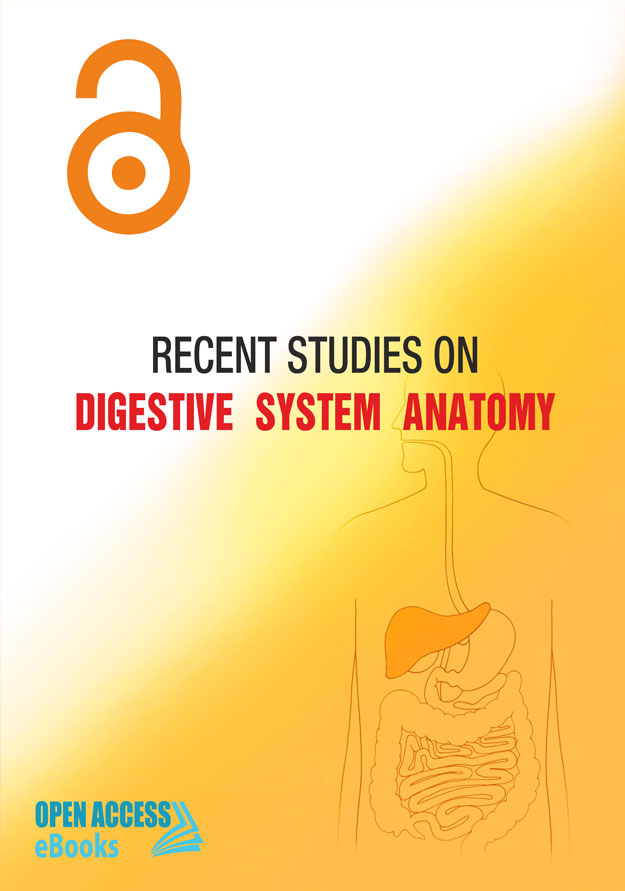List of Chapters
Study on Morphology and Pathogenesis of Type 1 ECL- Cell Gastric Carcinoids
Author(s): Vuka Katic
Gastric carcinoids develop from neuroendocrine cells. There are a few types of neuroendocrine cells in the stomach, mainly G, D, ECL, D1, Ec, P and X cells [1-5]. Gastric carcinoids in the stomach derive from ECL cells, the dominant type of endocrine cells of the corpus and fundus mucosa realising histamine which is responsible for parietal cell stimulation [6-8]. Autoimmune atrophic fundic gastritis induces both hipergastrinemia and pernicious anemia (PA), as well as the changes in both epithelium and endocrine cells in gastric mucosa [6-9]. The most important complicatins of hipergastrinrmia are: gastric cancer and enterochromaffin-like cell (ECL- cell) carcinoid [7-10]. Gastric carcinoids (GCs) constitute 4% of all gastrointestinal endocrine tumors and 0.3% of gastric neoplasia [6-10].
Endoscopic Microanatomy of the Human Gastrointestinal Mucosa
Author(s): Hugo Uchima*; Kenshi Yao
Dual wavelength imaging with bandwidth narrowing is an image-enhanced endoscopy technology based in the interaction of narrow band spectrum of light with the mucosal surface and the hemoglobin of the microvasculature. Narrow-band imaging (NBI) , blue light imaging (BLI) and Optical enhancement (OE) are examples of this technology. The study of the microsurface structure and the microvascular architecture of the gastrointestinal mucosa have medical implications, specially in the diagnosis and characterization of early neoplastic lesions allowing a treatment with organ preservation.
The Histologic Structure of the Large Bowel Mucosa and the Evolution of the Three Pathways of Colonic Carcinogenesis in Humans and in Experimental Animals
Author(s): Carlos A Rubio
The mean total mucosal surface of the human digestive tract averages ~32 m2, of which about 2 m2 corresponds to that of the large intestine [1]. The latter is built of a single layer of epithelial cells with inward folds called crypts. Crypts replicate by symmetric fission, beginning at their base, and proceeding upwards until two identical, individual crypts are created [2]. Sections cut perpendicular to the surface epithelium show a characteristic appearance of "row of test tubes" due to tightly packed, parallel crypts, "resting" on the muscularismucosae [2]. A slight variation in the configuration of the crypts and in the space between the crypts may occur, but crypt branching is rare.
Editors:
1. Ishai Lachter
2. Hugo Uchima
3. Santosh Tiwarir
4. Asadullah Hamid
